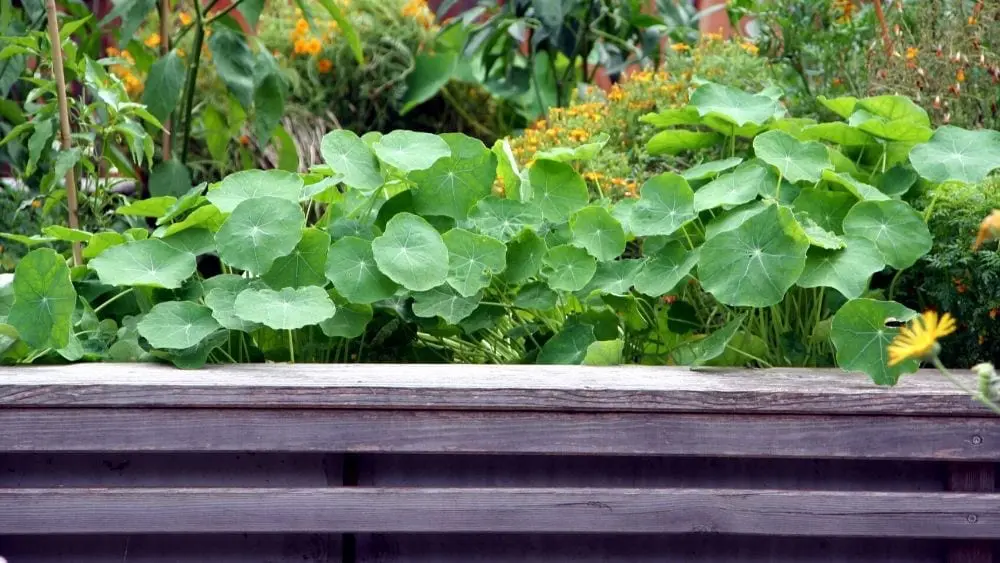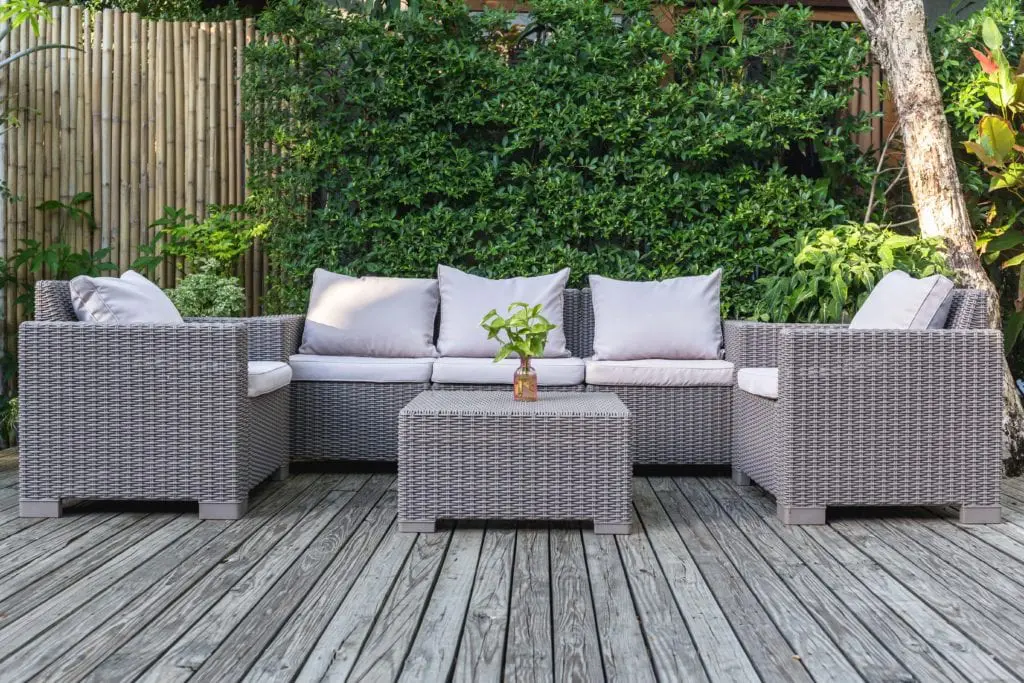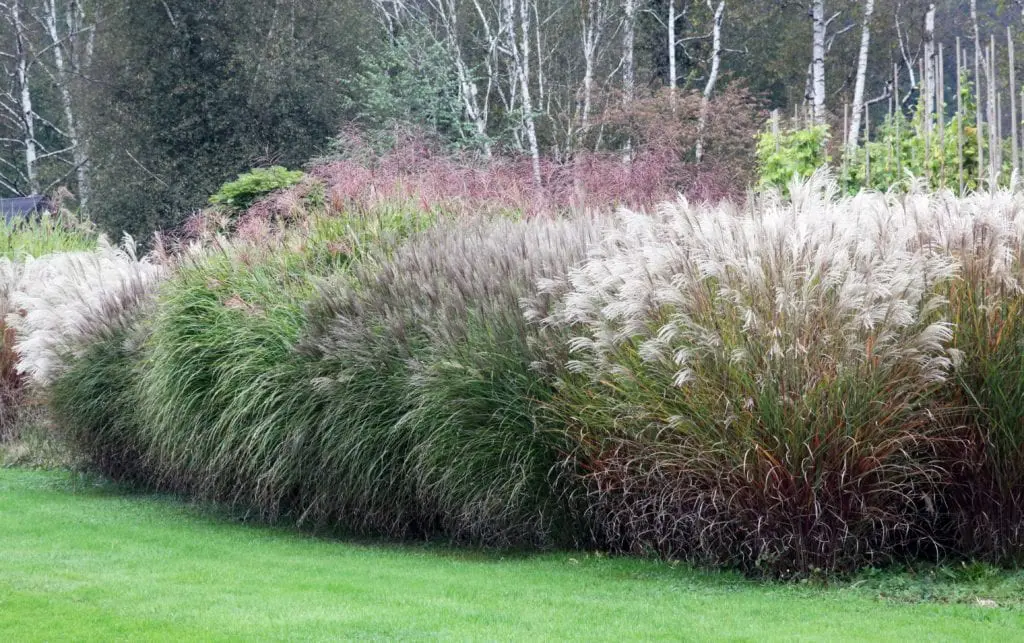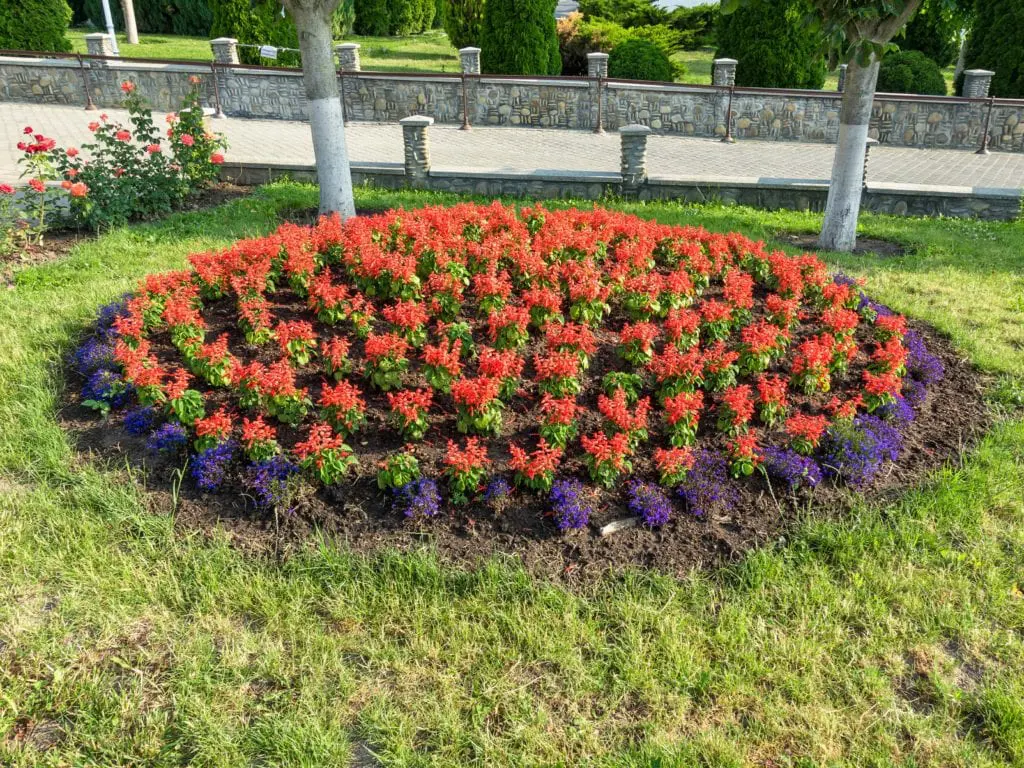Grassy yards provide a lush, natural and earthy feel to your new home. However, traditional green turf lawns require a large amount of upkeep and come at a high cost. The price of the grass, fertilizer, water and fuel for the lawnmower all add up over time. Add to that the environmental impact of combining fertilizers and pesticides to keep the yard a permissible shade of emerald to keep any picky neighbors at bay.
Considering the economic expense, the environmental impact – not to mention the countless hours of physical labor that go into maintaining a traditional yard space – it’s no wonder many homeowners seek alternatives. Some have utilized planters and garden spaces, while others have built a layout that minimizes or eliminates turf to mow. Either way, you can create a yard that makes you feel at home while cutting down on the time and cost spent on mowing, without sacrificing your outdoor aesthetics.
If you are not a fan of mowing, or just don’t have the time to dedicate to regular lawn maintenance, try some of these ideas listed below. You can focus on one method or build a backyard landscape that utilizes a variety of options that complement one another and require minimal upkeep.
Raised Garden Beds

The beauty of the raised garden bed resides in its ability to be both functional and aesthetically pleasing. Raised beds create a barrier between your garden spaces and can act as a deterrent for pests and other creepy crawlers. Additionally, by containing the small area, raised beds lessen the effects of erosion over time. So, the soil and fertilizer will need to be refreshed less often and you can spend more time enjoying the view. Many types and sizes of garden beds can be purchased at your local hardware store or can even be built as a fun DIY project!
Aside from these practical benefits, raised garden beds also provide a bonus in the area of design. You can use raised or container gardens to solve a variety of predicaments when planning the yard layout. For instance, raised beds can highlight a walkway or delineate a path. They can also break up the yard space and subtly cover any blemishes in the landscape, separate your flowers from your fruits and vegetables, or just lessen the overall area to mow.
Groundcovers and Low-Lying Plants

Groundcovers, or plants that spread sideways without growing tall, provide an excellent alternative to traditional grass without the added responsibility of routine mowing. These low-lying plants can offer texture and variety to your yard, with minimal labor.
Since they spread in width rather than height, no trimming is required for these beauties. However, it is important to remember to add a barrier around your groundcovers to prevent them from spreading too far. You might consider a rock bed or decorative brick pathways to keep your groundcover plants concentrated and contained exactly where you want them to grow.
Consult your local plant nursery to discuss which groundcovers are ideal for your climate conditions. Once settled in, groundcovers require little regular maintenance. For the purposes of minimizing yard work, perennials and evergreens are recommended over annuals, which require replanting each spring. Common groundcover plants include creeping herbs such as oregano or thyme, sweet woodruff, moss and clover. Some may produce colorful flowers or fruit, such as the strawberry plant.
Add a Large Patio

Many homeowners have discovered ways to enjoy their backyard space without a large amount of foliage. For those of us who were not naturally gifted with a green thumb, there are several options available to make the space comfortable without adding plant care to your weekly maintenance routine. Decks, patios and porches provide a nice area to gather with family and friends and enjoy the outdoor breeze.
The construction of a deck or patio is costly, but choosing sustainable materials can ensure that it lasts for many years to come. While building a large deck means less mowing, there is still regular maintenance to keep the deck in shape. Traditional wood decks typically last 10-15 years, and will require regular upkeep, repairs, and annual sealing to protect the lumber. Composite decks can last 25 years or more, depending on the material and environment.
If you choose to add a large patio or deck to your yard, be sure to research the types of materials and familiarize yourself with the required long-term maintenance before committing to the investment. There is a vast array of materials and layouts available to match your dream home design.
Ornamental Grasses

Ornamental grasses are truly a frontrunner in the race to low maintenance landscaping gems. These tall, graceful plants are often hearty perennials that can be planted throughout the year and only require an annual cutting to encourage new growth.
Ornamental grasses bring a sense of variety to the landscape, while adding structure and movement through their height and sway in the breeze. Be sure to check with your local plant nursery to discuss native species to your area before planting. Native species will require less adjustment time after planting, and you will worry less about cultivating the perfect conditions for their survival. Common types of ornamental grasses include fountain grass, zebra grass, switchgrass, moor grass and sedge.
Flower beds

Building flower beds can add a pop of color to your landscape design in the spring. Homeowners can drastically cut down mowing time, or even eliminate the task altogether, by strategically placing these low-maintenance areas around the yard.
Many homeowners have had success in arranging their flower beds to adapt to any odd spaces or corners of the yard that are already a challenge to mow. Consider any sloping terrain or terraced landscape for a tiered flower patch, or add a bright spot of shade-loving perennials underneath your backyard trees where root systems pose potential mowing problems.
Choose a low variety of flowering plants to keep the maintenance plan simple. Tending to individual needs of 10 different species can be tiresome and lead to a gardening burnout. Taking care of your garden should be relaxing rather than a chore!
Create Your Outdoor Escape
The standard model of the grassy, rectangular yard may be the traditional route, but it requires a regular mowing schedule to prevent overgrowth. You can lessen or eliminate the amount of mowing required and capitalize on the landscape and natural terrain by carefully arranging flower beds, container gardens, or adding a large patio or deck. Using one or more of these concepts, you can build a unique space that lends itself to your personal outdoor escape.

Melanie Theriault is a writer, counselor, and lifelong learner. She holds a B.A. in Sociology from Southwestern University, where she discovered her passion for fostering human connection through storytelling.
 A Master Class in Designing Your Entryway
A Master Class in Designing Your Entryway